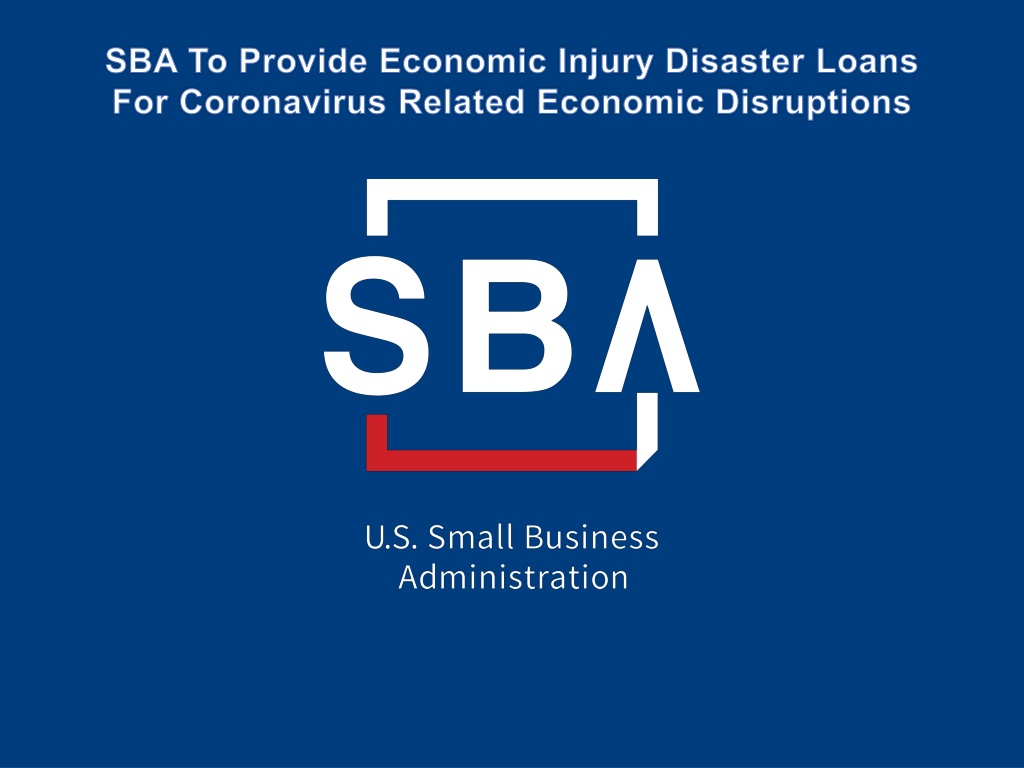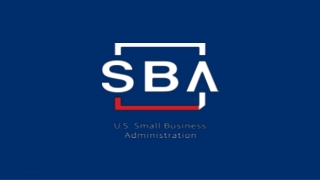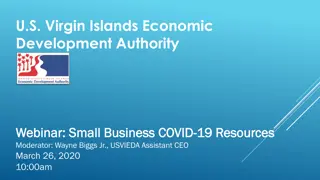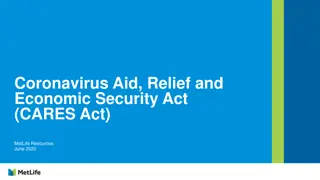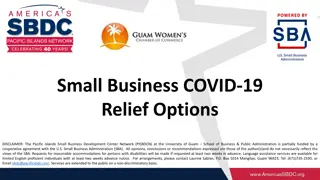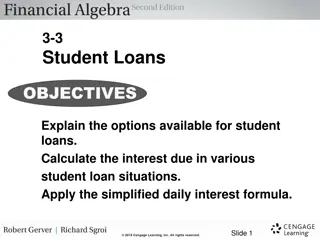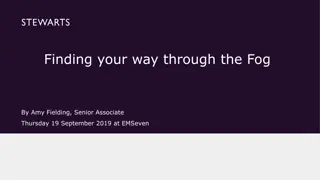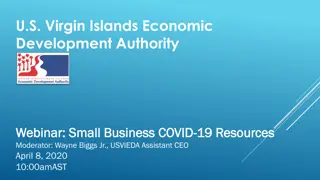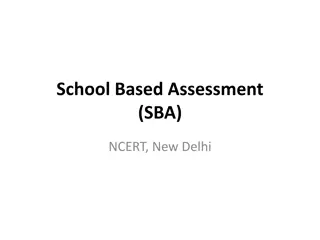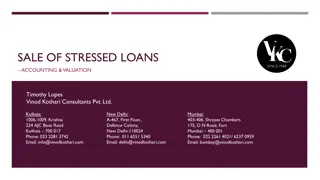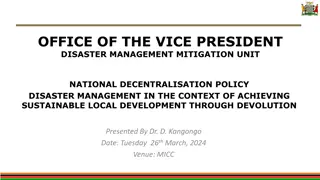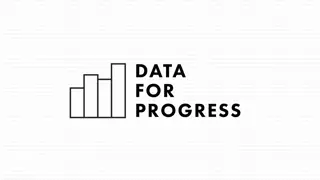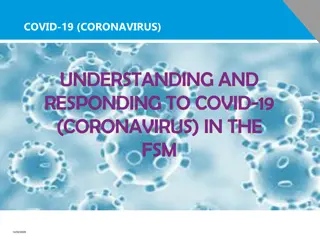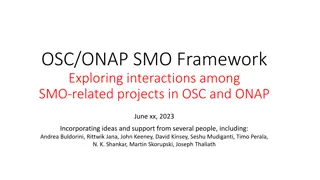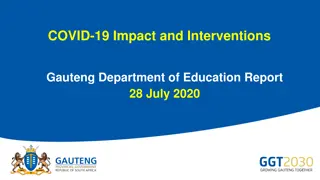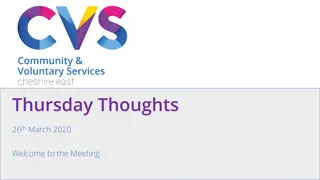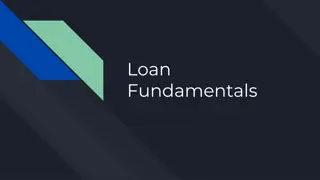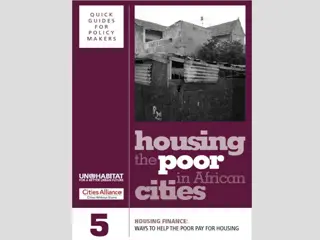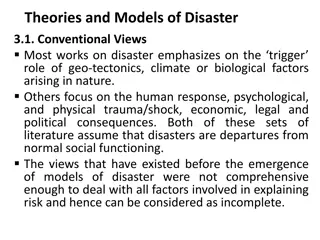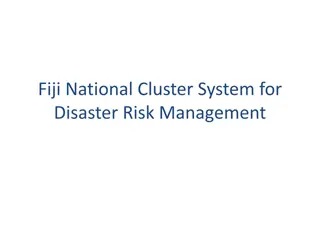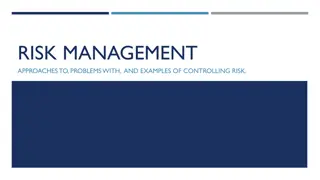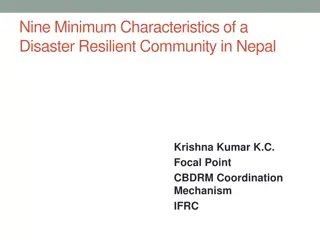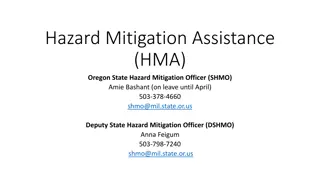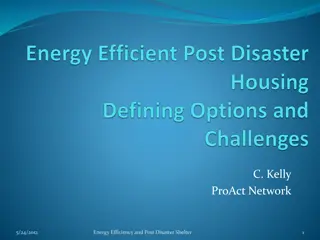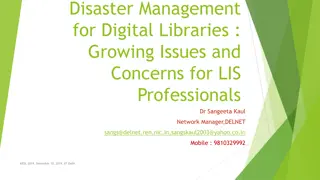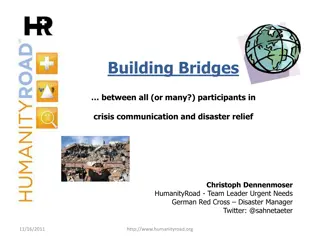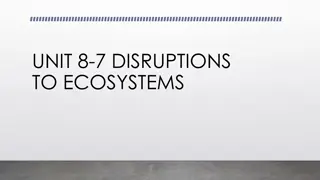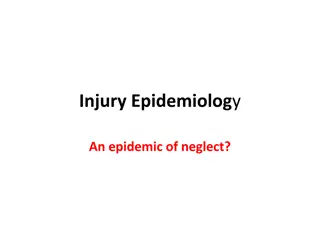SBA Provides Economic Injury Disaster Loans for Coronavirus-Related Economic Disruptions
The U.S. Small Business Administration (SBA) is offering low-interest federal disaster loans for working capital to small businesses affected by the economic impact of the Coronavirus (COVID-19) pandemic. Eligible businesses include those directly and indirectly affected by the crisis, with loan terms of up to $2 million and interest rates of 3.75% for small businesses and 2.75% for nonprofit organizations. Loans can be used to cover fixed debts, payroll, and other essential expenses.
Download Presentation

Please find below an Image/Link to download the presentation.
The content on the website is provided AS IS for your information and personal use only. It may not be sold, licensed, or shared on other websites without obtaining consent from the author. Download presentation by click this link. If you encounter any issues during the download, it is possible that the publisher has removed the file from their server.
E N D
Presentation Transcript
SBA To Provide Economic Injury Disaster Loans For Coronavirus Related Economic Disruptions
SBAs Disaster Declaration Makes Loans Available Due to the Coronavirus (COVID-19) The U.S. Small Business Administration (SBA) is offering designated states and territories low-interest federal disaster loans for working capital to small businesses suffering substantial economic injury as a result of the Coronavirus (COVID-19). Upon a request received from a state s or territory s Governor, SBA will issue under its own authority, as provide by the Coronavirus Preparedness and Response Supplement Appropriations Act that was recently signed by the President, an Economic Injury Disaster Loan declaration. Administrator Jovita Carranza 2 U.S. Small Business -Office of Disaster Assistance-Field Operations Center - East
SBAs Economic Injury Disaster Loan Basics What businesses are eligible to apply? SBA s Economic Injury Disaster Loans (or working capital loans) are available to small businesses, small agricultural cooperatives, small aquaculture businesses and most private non-profit organizations This includes: Businesses directly affected by the disaster Businesses that offer services directly related to the businesses in the declaration Other businesses indirectly related to the industry that are likely to be harmed by losses in their community (Example: Manufacturer of widgets may be eligible as well as the wholesaler and retailer of the product. 3 3 U.S. Small Business -Office of Disaster Assistance-Field Operations Center - East
SBAs Economic Injury Disaster Loan Basics What is the criteria for a loan approval? Credit History-Applicants must have a credit history acceptable to SBA. Repayment SBA must determine that the applicant business has the ability to repay the SBA loan. Eligibility- The applicant business must be physically located in a declared county and suffered working capital losses due to the declared disaster, not due to a downturn in the economy or other reasons. 4 U.S. Small Business -Office of Disaster Assistance-Field Operations Center - East
SBAs Economic Injury Disaster Loan Terms How much can I borrow? Eligible entities may qualify for loans up to $2 million. The interest rates for this disaster are 3.75 percent for small businesses and 2.75 percent for nonprofit organizations with terms up to 30 years. Eligibility for these working capital loans are based on the size (must be a small business) and type of business and its financial resources. How can I use the loan funds? These working capital loans may be used to pay fixed debts, payroll, accounts payable, and other bills that could have been paid had the disaster not occurred. The loans are not intended to replace lost sales or profits or for expansion. 5 U.S. Small Business -Office of Disaster Assistance-Field Operations Center - East
Economic Injury Disaster Loan Terms What are the collateral requirements? Economic Injury Disaster Loans over $25,000 require collateral. SBA takes real estate as collateral when it is available. SBA will not decline a loan for lack of collateral, but requires borrowers to pledge what is available. 6 6 U.S. Small Business -Office of Disaster Assistance-Field Operations Center - East
SBAs Economic Injury Disaster Loan Basics What kinds of small businesses can apply? Examples of eligible industries include but are not limited to the following: hotels, recreational facilities, charter boats, manufacturers, sports vendors, owners of rental property, restaurants, retailers, souvenir shops, travel agencies, and wholesalers. What other criteria is involved? The applicant business must have a physical presence in the declared disaster area. An applicant s economic presence alone in a declared area does not meet this requirement. The physical presence must be tangible and significant. Merely having a P.O. Box in the disaster area would not qualify as a physical presence. 7 7 U.S. Small Business -Office of Disaster Assistance-Field Operations Center - East
SBAs Working Capital Loans are Different from Other SBA Loans SBA s Economic Injury Disaster Loan (EIDLs) funds come directly from the U.S. Treasury. Applicants do not go through a bank to apply. Instead apply directly to SBA s Disaster Assistance Program at: DisasterLoan.sba.gov There is no cost to apply. There is no obligation to take the loan if offered. The maximum unsecured loan amount is $25,000. Applicants can have an existing SBA Disaster Loan and still qualify for an EIDL for this disaster, but the loans cannot be consolidated. 8 U.S. Small Business -Office of Disaster Assistance-Field Operations Center - East
Basic Filing Requirements Completed SBA loan application (SBA Form 5 or SBA Form 5C for sole proprietorships.) Tax Information Authorization (IRS Form 4506T) for the applicant, principals and affiliates. Complete copies of the most recent Federal Income Tax Return. Schedule of Liabilities (SBA Form 2202). Personal Financial Statement (SBA Form 413). Other Information may also be requested. *Although a paper application and forms are acceptable, filing electronically is easier, faster and more accurate. 9 9 U.S. Small Business -Office of Disaster Assistance-Field Operations Center - East
Additional Filing Requirements Other information that may be requested: Complete copy, including all schedules, of the most recent Federal income tax return for principals, general partners or managing member, and affiliates (see filing requirements for more information). If the most recent Federal income tax return has not been filed, a year-end profit-and-loss statement and balance sheet for that tax year . A current year-to-date profit-and-loss statement . Additional Filing Requirements (SBA Form 1368) providing monthly sales figures. (This is especially important for Economic Injury Disaster Loans.) 10 10 U.S. Small Business -Office of Disaster Assistance-Field Operations Center - East
Private Non-Profit Organizations Examples of Non-Profit Organizations: Nursing homes, food kitchens, museums, educational facilities, senior citizen centers, daycare centers, playhouses, community centers, shelters, rescue organizations, associations, etc. An eligible private non-profit organization is a non-governmental agency or entity that currently has: (1) An effective ruling letter from the U.S. Internal Revenue Service, granting tax exemption under sections 501(c), (d), or (e) of the Internal Revenue Code of 1954, or (2) Satisfactory evidence from the State that the non-revenue producing organization or entity is a non-profit one organized or doing business under State law. 11 U.S. Small Business -Office of Disaster Assistance-Field Operations Center - East
Ineligible Entities What are some of the businesses that are ineligible for an Economic Injury Disaster Loan? Agricultural Enterprises -If the primary activity of the business (including its affiliates) is as defined in Section 18(b)(1) of the Small Business Act, neither the business nor its affiliates are eligible for EIDL assistance. Religious Organizations Charitable Organizations, businesses considered hobbies, government- owned concerns. Gambling Concerns (Ex: Concerns that derive more that 1/3 of their annual gross revenue from legal gambling activities) Casinos & Racetracks (Ex: Businesses whose purpose for being is gambling (e.g., casinos, racetracks, poker parlors, etc.) are not eligible for EIDL assistance regardless of 1/3 criteria above. Real estate developers-establishments primarily engaged in subdividing real property into lots and developing it for resale on their own account. 1212 U.S. Small Business -Office of Disaster Assistance-Field Operations Center - East
How to Apply SBA s Customer Service Representatives are ready to serve. Applicants may apply online using the Electronic Loan Application (ELA) via SBA s secure website at https://disasterloan.sba.gov/ela. Paper loan applications can be downloaded from www.sba.gov/disaster. Completed applications should be mailed to: U.S. Small Business Administration, Processing and Disbursement Center, 14925 Kingsport Road, Fort Worth, TX 76155. Disaster loan information and application forms may also be obtained by calling the SBA s Customer Service (800-877-8339 for the deaf and hard-of-hearing) or by sending an email to disastercustomerservice@sba.gov. Center at 800-659-2955 13 U.S. Small Business -Office of Disaster Assistance-Field Operations Center - East
Assistance From SBA Partners Free assistance with reconstructing financial records, preparing financial statements and submitting the loan application is available from any of SBA s partners: Small Business Development Centers (SBDCs), SCORE, Women s Business Centers (WBC), and Veteran s Business Outreach Centers and local Chambers of Commerce. For the nearest office, visit: https://www.sba.gov/local-assistance 14 U.S. Small Business -Office of Disaster Assistance-Field Operations Center - East
Submit Your Application As Soon As Possible Recheck the filing requirements to ensure that all the needed information is submitted. The biggest reason for delays in processing is due to missing information. Make sure to complete all filing requirements before submitting the application and forms. If more funds are needed, applicants can submit supporting documents and a request for an increase. If less funds are needed, applicants can request a reduction in the loan amount. If the loan request is denied, the applicant will be given up to six months in which to provide new information and submit a written request for reconsideration. 15 U.S. Small Business -Office of Disaster Assistance-Field Operations Center - East
Any Questions? More information concerning SBA and its programs visit our website at: www.sba.gov/disaster 16 U.S. Small Business -Office of Disaster Assistance-Field Operations Center - East
